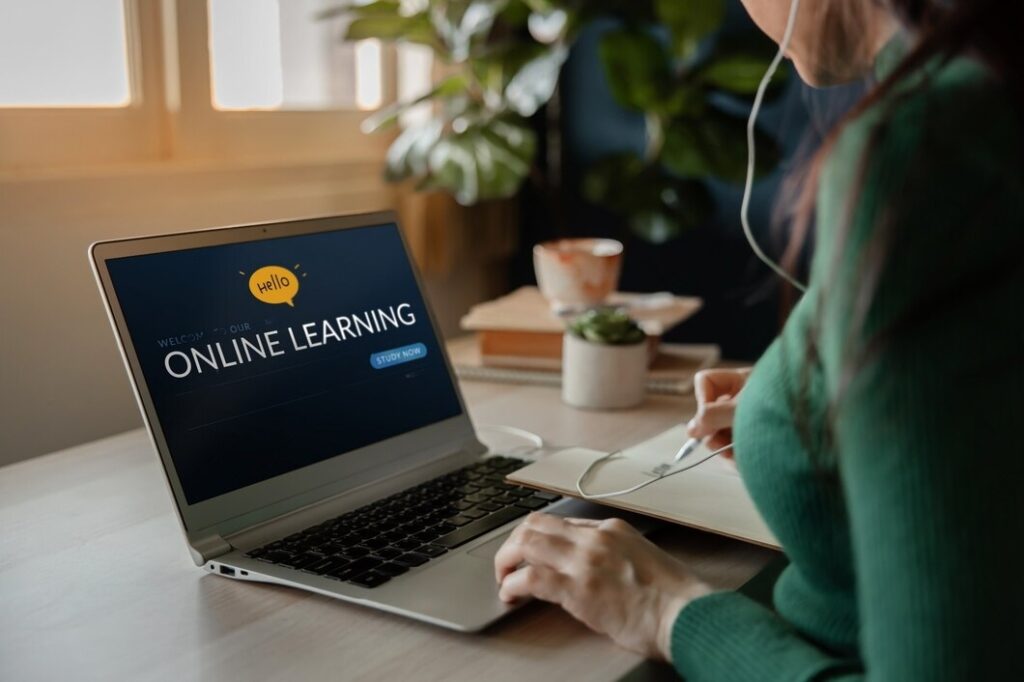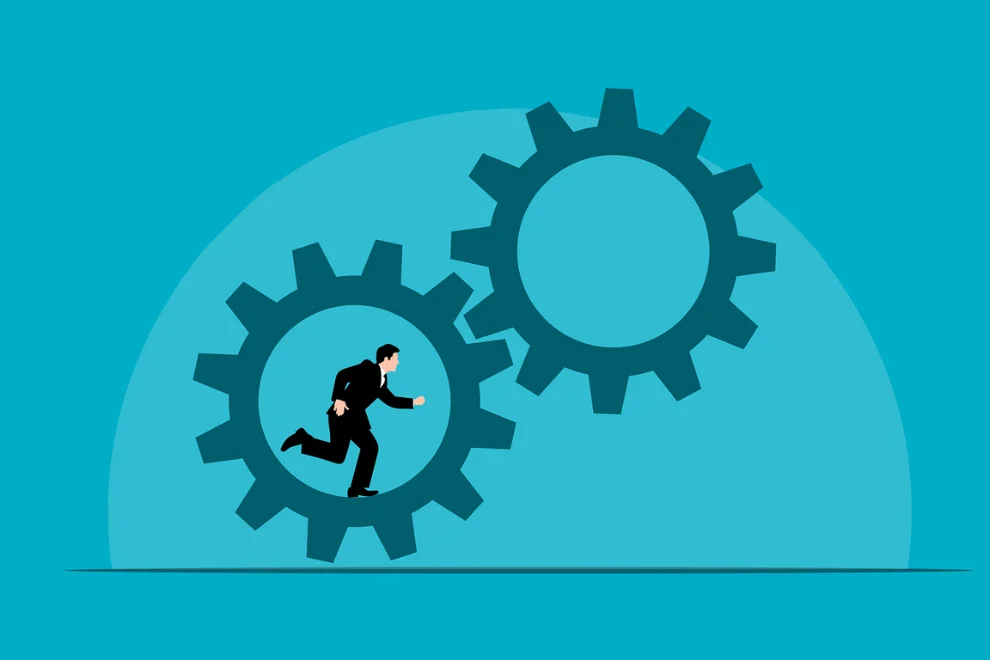In today’s digitally driven world, social media platforms like Instagram, TikTok, Facebook, and Snapchat have become integral to the lives of growing children. These platforms, designed to connect and entertain, wield immense power / Social Media Impact—shaping minds, behaviors, and interactions. While they offer unprecedented opportunities for self-expression, learning, and networking, the downsides—ranging from mental health challenges to academic distractions—cannot be ignored. This blog delves into the multifaceted impact of social media on growing children, examining its influence on mental and physical well-being, education and career prospects, as well as relationships with loved ones.
Mental and Physical Impact
Mental Health: The Psychological Tug-of-War
Social media’s mental health impact on children is profound. On one hand, it can foster a sense of belonging and community. Platforms allow children to connect with peers, share experiences, and seek support during difficult times. For introverted children, social media can act as a tool to build confidence and forge connections they might struggle to create in person.
However, the darker side of social media often overshadows its benefits. A constant barrage of idealized lifestyles, curated appearances, and unattainable standards can lead to low self-esteem, body image issues, and anxiety. The addictive nature of social media platforms, driven by algorithms designed to maximize screen time, exacerbates these issues. Children may find themselves caught in a cycle of validation-seeking through likes and comments, which can lead to mood swings and depression when expectations aren’t met.
Physical Health: The Hidden Consequences
While social media itself isn’t a physical activity, its overuse contributes to sedentary lifestyles. Prolonged screen time has been linked to obesity, poor posture, and vision problems among children. Additionally, disrupted sleep patterns are a common side effect, with children staying up late scrolling through feeds or engaging in online chats. The lack of adequate sleep can further deteriorate mental health, leading to irritability and poor academic performance.
Encouraging children to balance screen time with physical activities and outdoor play is crucial. Parents and educators should model healthy behaviors and set boundaries to mitigate the physical toll of excessive social media use.
Impact on Education and Job Prospects
Educational Opportunities and Distractions
Social media is a double-edged sword when it comes to education. On one side, platforms like YouTube, LinkedIn, and even TikTok host a wealth of educational content. Students can access tutorials, join study groups, and connect with experts across the globe. Social media can also inspire creativity and innovation, with many children learning new skills—from coding to cooking—through these platforms.
However, the same platforms are notorious for being major sources of distraction. The endless stream of notifications, videos, and memes can lead to procrastination and reduced focus. Children often find themselves prioritizing social media interactions over schoolwork, resulting in declining academic performance. Furthermore, the overuse of Social Media Impact on relationship can destroy life. can hinder the development of critical thinking skills, as children become accustomed to quick, shallow engagements rather than deep, meaningful learning.
Building Digital Footprints for Future Careers
In the modern job market, a strong online presence can be an asset. Children who use social media wisely can showcase their talents, build networks, and even kickstart entrepreneurial ventures. Platforms like LinkedIn provide young adults with opportunities to connect with professionals, explore career paths, and stay updated on industry trends.
Conversely, careless use of social media can have long-term repercussions. Inappropriate posts, controversial opinions, or evidence of poor judgment can tarnish a child’s digital reputation, affecting college admissions and job prospects. Teaching children about digital literacy and the importance of building a positive online footprint is essential in preparing them for the future.
Impact on Love and Relationships
Friendships and Peer Interactions
Social media has revolutionized how children form and maintain friendships. It allows them to stay connected with peers, share experiences, and collaborate on projects regardless of physical distance. For children who move frequently or attend different schools from their friends, social media can be a lifeline that keeps relationships intact.
However, online interactions often lack the depth and authenticity of face-to-face communication. Misunderstandings are common, as text-based conversations lack the nuances of tone and body language. Additionally, cyberbullying—a pervasive issue on social media—can severely damage a child’s self-esteem and trust in others. Social Media Impact on friendship can destroy love.
Family Bonds and Intergenerational Gaps
Social Media Impact can either strengthen or strain family relationships. On the positive side, it provides a platform for families to share milestones, stay in touch, and celebrate achievements together. For families separated by distance, social media bridges the gap, fostering a sense of closeness.
However, excessive social media use can also create a rift families. Children engrossed in their screens may become detached from family activities and conversations. Parents, too, may be guilty of overusing social media, setting a poor example. This digital divide can lead to feelings of neglect and a lack of emotional connection within households.
Romantic Relationships
For older children and teenagers, social media often serves as a platform to explore romantic interests. While it can facilitate connections and self-expression, it also introduces complexities. The pressure to present an idealized version of oneself, coupled with public scrutiny of relationships, can lead to stress and insecurity. Furthermore, online harassment and unhealthy comparisons with others’ relationships can have a detrimental effect on young minds. Social Media Impact on relationship can destroy life.
Balancing the Scales: Strategies for Healthy Social Media Use
To maximize the benefits and minimize the risks of Social Media Impact, parents, educators, and children must work together. Here are some strategies:
- Set Clear Boundaries: Establish screen time limits and encourage regular breaks from social media.
- Promote Digital Literacy: Teach children about responsible online behavior, privacy settings, and the long-term impact of their digital footprints.
- Encourage Open Communication: Create a safe space for children to share their online experiences, including any challenges or negative interactions.
- Lead by Example: Model healthy social media habits and prioritize quality family time.
- Diversify Activities: Encourage hobbies and activities that do not involve screens, such as sports, reading, or art.
- Monitor Without Micromanaging: Use parental controls judiciously while respecting a child’s need for independence.
Social Media Impact on Growing Children 2025

Social Media Impact is neither inherently good nor bad; its impact depends on how it is used. For growing children, it can be a powerful tool for connection, learning, and self-expression, but it also carries risks that must be managed thoughtfully. By fostering a balanced approach and equipping children with the skills to navigate the digital landscape responsibly, we can help them harness the positive aspects of social media while mitigating its negative effects. In doing so, we ensure that this powerful medium enhances their growth rather than hinders it.


